If Beijing’s culinary landscape were a symphony, Baodu (爆肚) would be its crisp, high-pitched crescendo. This iconic dish of tender, quick-boiled tripe, served with a punchy dipping sauce, is a masterclass in texture and simplicity.
Loved by emperors and taxi drivers alike, Baodu isn’t just food—it’s a 200-year-old ritual celebrating the art of eating exactly when ingredients hit their peak.
From Imperial Kitchens to Hutong Alleys
Baodu’s roots trace back to the Qing Dynasty (1644–1912), when Manchu rulers prized offal for its nutritional value. Butchers in old Beijing’s Niujie (Ox Street) district popularized the dish by serving tripe to laborers who valued its affordability and protein boost.
By the 1920s, Baodu became a star of the city’s buzzing night markets, where vendors competed to perfect the “three-second boil” technique. Today, it’s a symbol of Beijing’s no-nonsense food culture—unfussy, fast, and fiercely beloved.
The Anatomy of Perfect Baodu
Baodu’s magic lies in its precision. Unlike stewed offal dishes, it’s all about timing, texture, and the snap of fresh ingredients:
1.The Tripe:
-
- Beef or Lamb: Purists argue lamb tripe (lighter, sweeter) beats beef (chewier, richer).
-
- Four Classic Cuts:
- Du Ren (肚仁, “tripe nuggets”): The thickest, most tender muscle, prized for its buttery bite.
- Du Ban (肚板): Ribbed outer tripe, offering a satisfying crunch.
- Du Liang (肚领): The raised ridge of the tripe, dense and springy.
- Four Classic Cuts:
-
-
- Bai Ye (百叶, honeycomb tripe): Delicate layers that trap sauce like a flavor net.
-
2.The Ritual:
-
- Blanching Ballet: Tripe is dunked in boiling water for 3–10 seconds—any longer turns it rubbery.
- Ice Shock: Immediately plunged into ice water to lock in crispness.
3.The Sauce:
A tangy mix of sesame paste, fermented tofu, chili oil, vinegar, and cilantro—balanced to complement, not overpower.
How to Eat Baodu Like a Beijing Local
- Ordering Code: Specify your tripe cut. Du Ren is the VIP choice; Bai Ye is beginner-friendly.
- Dip Strategically: Swirl tripe lightly in sauce—don’t drown it. The goal: crunch first, flavor second.
- Pairing:
- Erguotou (firewater liquor) for traditionalists.
- Tsintao Beer for a cooling contrast.
- Suanmeitang (sour plum drink) to cut richness.
Where to Find Beijing’s Best Baodu
Baodu Feng (爆肚冯):
A 140-year-old Niujie legend. Their Du Ren is so tender, regulars joke it “melts like a snowflake.” Open until 2 AM.
Donglaishun (东来顺):
Famed lamb hot pot chain, but their Baodu lunch specials draw queues of office workers.
Guijie (Ghost Street):
Midnight warriors swear by Xiao Wang’s Cart—his chili-infused sauce could wake the dead.
Why Baodu Embodies Beijing’s Soul
Democratic Delicacy:
Once “poor man’s food,” now eaten in 100 banquets.
Textural Obsession:
Reflects Beijingers’ love for contrasting cuì (crispness) and nèn (tenderness).
Speed as Art:
In a fast-paced city, Baodu’s 30-second prep mirrors urban life—efficient yet deliberate.
Baodu vs. Global Offal Dishes
- Vs. Italian Trippa: Baodu skips tomatoes for raw texture; Rome’s tripe stews for hours.
- Vs. Mexican Menudo: Both use tripe, but Menudo is a hangover-curing broth; Baodu is a crunchy snack.
- Vs. Japanese Motsuni: Motsuni simmers in soy; Baodu celebrates the unadorned ingredient.

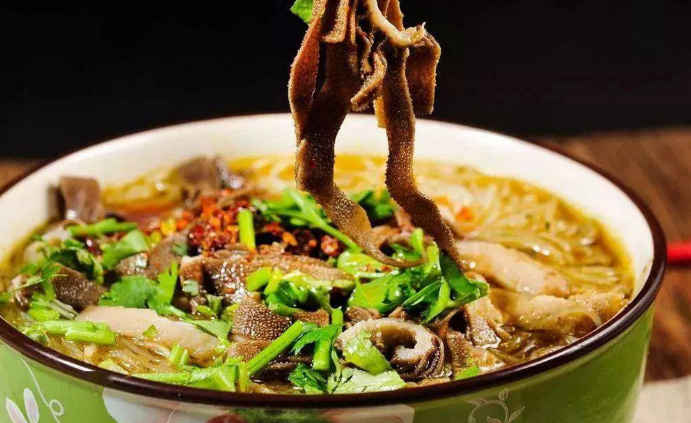
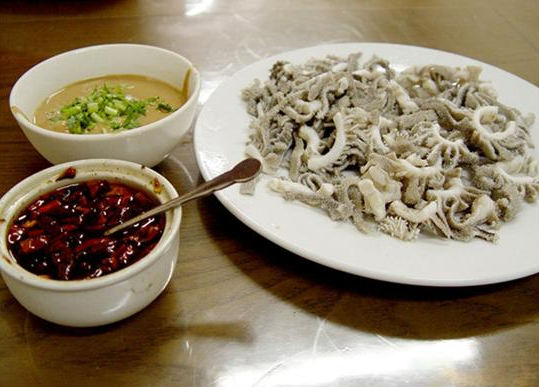

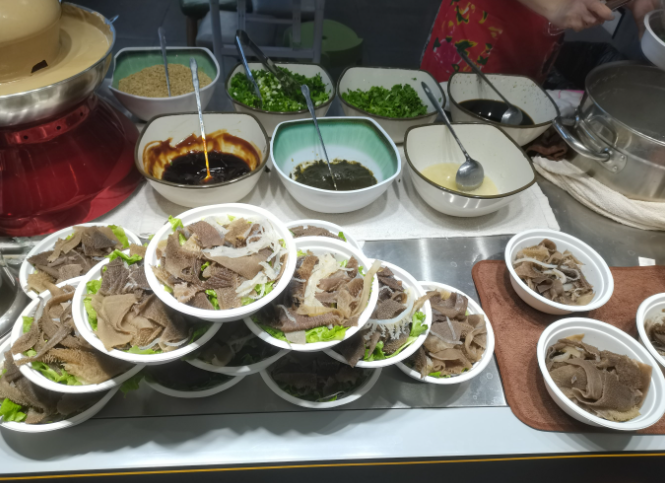
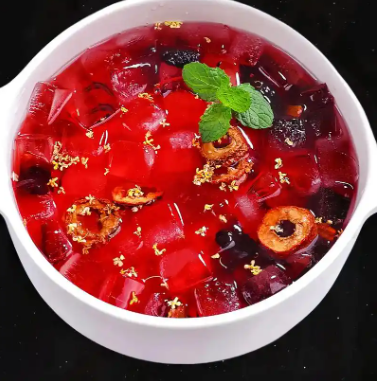
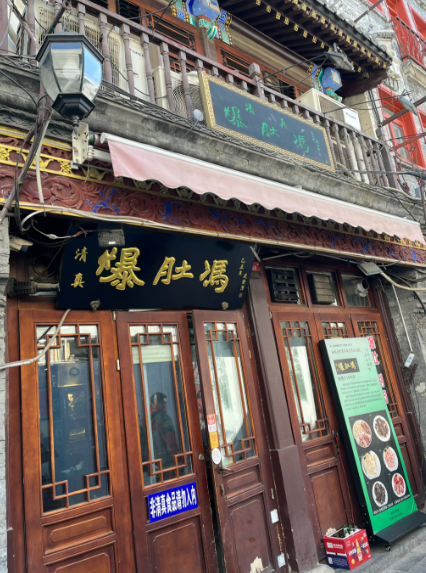
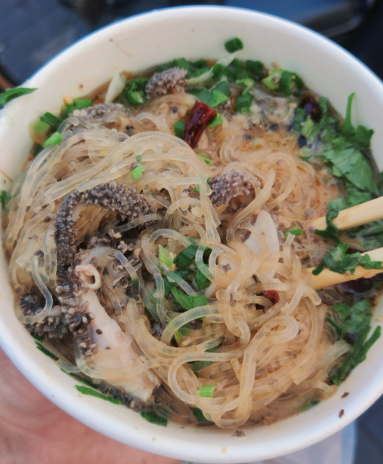













No comments yet